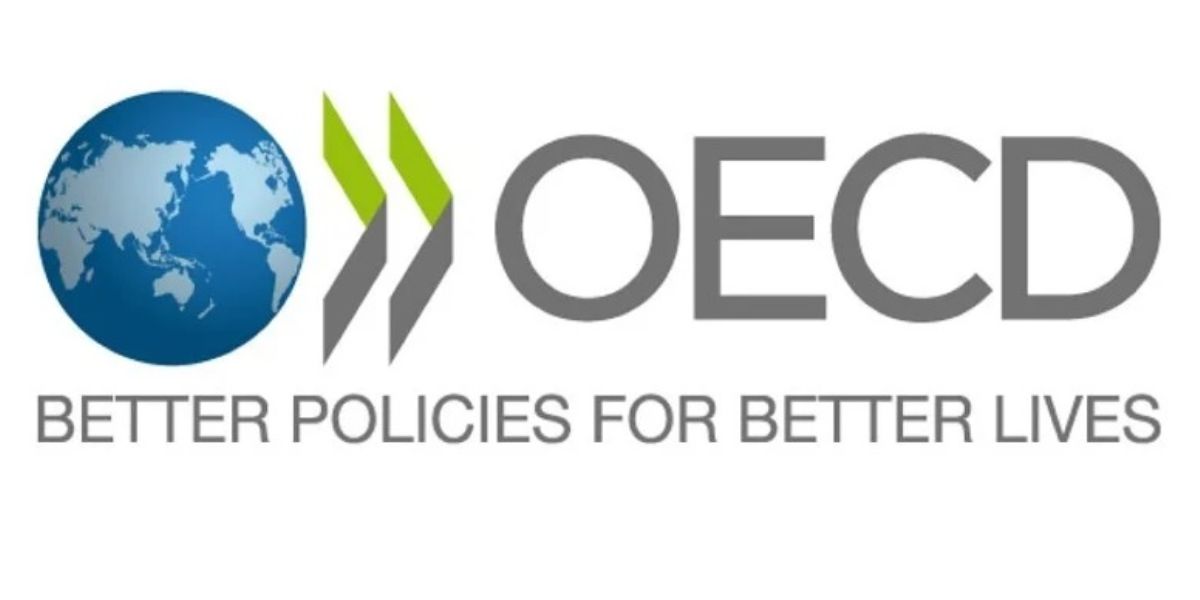The paper examines carbon mitigation policies, their impact on emissions, and methods to measure carbon intensity across sectors.
The Organisation for Economic Co-operation and Development (OECD) released a paper titled “The effects of climate policies on emissions” under its Inclusive Forum on Carbon Mitigation Approaches (IFCMA) on 15 May 2025.
The Inclusive Forum on Carbon Mitigation Approaches (IFCMA) is the OECD’s flagship initiative designed to help optimise the global impact of emissions reduction efforts around the world through better data and information sharing, evidence-based mutual learning and inclusive multilateral dialogue.
The Paper explores mapping carbon mitigation policies to emissions, their impact on greenhouse gases, and methods for measuring carbon intensity across goods and sectors. Its goal is to support global emissions reduction through better data sharing and evidence-based dialogue.
This paper systematically reviews ex-post empirical studies assessing the effects of climate change mitigation policies on emissions. It synthesises evidence from 187 studies covering five broad sectors—agriculture, forestry and land use (AFOLU), buildings, industry, power, and transport—providing about 450 estimates of policy impact. Estimates are harmonised to ensure comparability and expressed as annual percentage changes in emissions relative to a no-policy scenario.
The findings suggest that most policies effectively reduce emissions, with a median effect of about -5% per year, though with substantial variation across studies. The results exhibit significant heterogeneity across policy instruments, sectors, and regions, reflecting differences in policy design, implementation, and contextual factors.
The analysis highlights key evidence gaps and lays the foundation for future meta-analytical work on the determinants of policy effectiveness.
The Paper shows that subsidies, carbon taxes, and emission trading schemes (ETSs) are highly effective policies, with regulatory instruments as the second most evaluated. It highlights carbon taxes as one of the most effective tools for cutting greenhouse gas emissions.
The Paper reveals that:
- In the buildings sector, the median effect is large, in absolute values, for carbon taxes and other taxes, such as fuel taxes (between -10 and -15 %). The median estimated effect of building codes and subsidies is smaller (median effect at -5% and -2%, respectively) than that of other policies, although with large variation across estimates. Most available evidence covers economic instruments, while few studies focus on labels.
- In the power sector, carbon taxes are estimated to be among the most effective instruments (median effect -10%). ETSs and renewable subsidies can also be effective (median effect -6%). A large share of the evidence concentrates on economic instruments, while it is scanter for regulatory and voluntary instruments.
- In the industry sector, ETSs are the most effective policy instrument (median effect -8%), although estimates range widely. ETSs are also the most studied instruments, while little evidence exists for regulatory instruments.
Despite strong performance, significant evidence gaps remain. Nearly 80% of countries with carbon taxes in sectors like industry, transport, and buildings lack formal impact assessments. These gaps stem from limited data and the early adoption of many schemes, making evaluations difficult. In contrast, emission trading systems (ETSs) are better studied due to easier access to verified emissions data and clearer analysis methods.
The Paper highlights the lack of evaluations on carbon taxes in emerging economies, with most studies focused on North America and Europe. It calls for broader, harmonized assessments to improve understanding of carbon tax effectiveness and support evidence-based policies for global emissions reduction.














